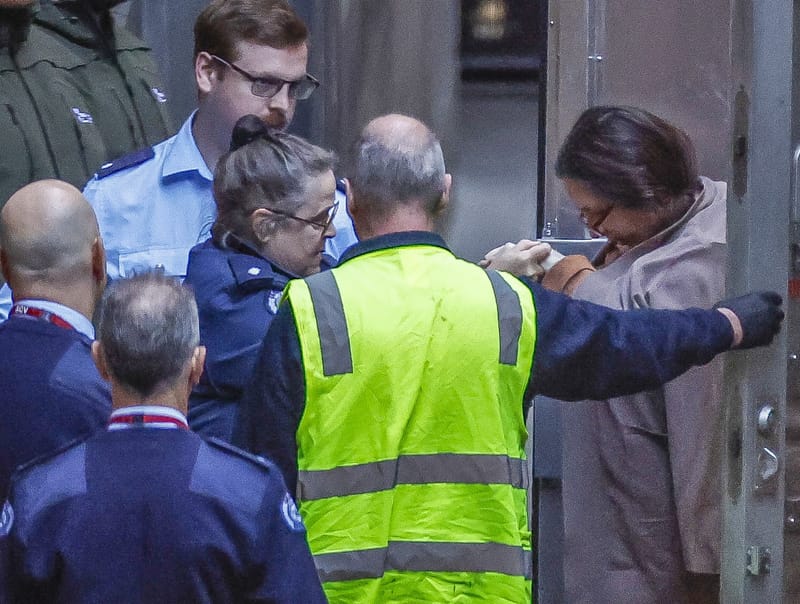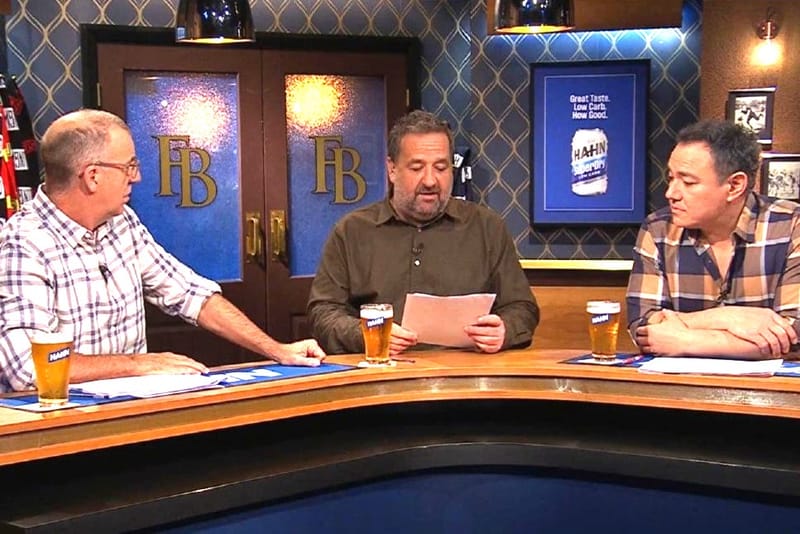Murder allegations, lies and the hazards of mushrooming
ERIN Patterson lied to the police about foraging for wild mushrooms. Defence counsel for the woman accused of cooking a meal of beef Wellington, containing death cap mushrooms on Saturday, July 29, 2023, Colin Mandy SC, acknowledged that in his...
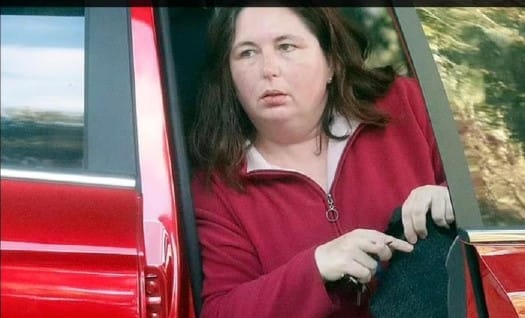
ERIN Patterson lied to the police about foraging for wild mushrooms.
Defence counsel for the woman accused of cooking a meal of beef Wellington, containing death cap mushrooms on Saturday, July 29, 2023, Colin Mandy SC, acknowledged that in his opening remarks way back at the start of the triple murder trial.
“She also lied to the police about foraging for mushrooms,” said Mr Mandy to the jury on Day Two of the trial in the Supreme Court at Morwell on Wednesday, April 30.
“She admits that,” he said.
“She did forage for mushrooms. Just so that we make that clear, she denies that she ever deliberately sought out death cap mushrooms.”
Mr Mandy also said that Erin Patterson had also lied about getting rid of the dehydrator but that it was conveivable that she panicked after the intense public scrutiny the incident created.
He said she lied about having cancer as the pretext for getting her husband Simon, her in-laws Don and Gail Patterson, and Gail’s sister and her husband, Heather and Ian Wilkinson, to come to the lunch. Simon later declined.
“The fact that she's never been diagnosed with cancer is not in issue; that's true,” said Mr Mandy.
But he didn’t acknowledge that she’d also denied foraging for mushrooms when responding to doctors and others after she presented to hospital herself, while Don, Gail, Heather and Ian were battling the severe effects of mushroom poisoning, as identified by Crown Prosecutor, Dr Nanette Rogers, in her opening remarks.
She said Erin Patterson had denied foraging for mushrooms in a conversation with Dr Laura Muldoon, an emergency registrar at Monash Health, during an assessment on the afternoon of Monday, July 31, 2023.
During Dr Muldoon’s evidence on Wednesday, May 13, 2025, she was asked if she had questioned Mrs Patterson about the use of wild or foraged mushrooms in the cooking of the beef Wellington?
“Yes, I did. She denied the use.”
At the Leongatha hospital, before Erin Patterson was transferred to Monash, Dr Chris Webster had made similar inquiries saying there was some concern about death cap mushroom poisoning.
During his evidence to the court last Wednesday, May 7, Dr Webster said Erin gave him a one-word answer to his query about the origin of the mushrooms: “Woolworths”.
She was also asked about the source of the mushrooms in the meal by Dr Rhonda Stuart, the Director of Infection Prevention and Public Health at Monash Health, who’d been instructed to interview Erin Patterson about a possible public health risk, if the death cap mushrooms had indeed been obtained commercially.
Under questioning by Sarah Lenthall for the prosecution on Day 10 of the trial Dr Stuart was asked if she discussed whether any wild or foraged mushrooms had been used in the meal?
“Yes. I asked her if she'd been mushrooming, and did she use any other mushrooms but she said no, she only used the two types of mushrooms she described,” said Dr Stuart, having earlier told the doctor that she got some of the mushrooms from a supermarket and the others, a packet of dried mushrooms, some weeks earlier, from an Asian food shop.
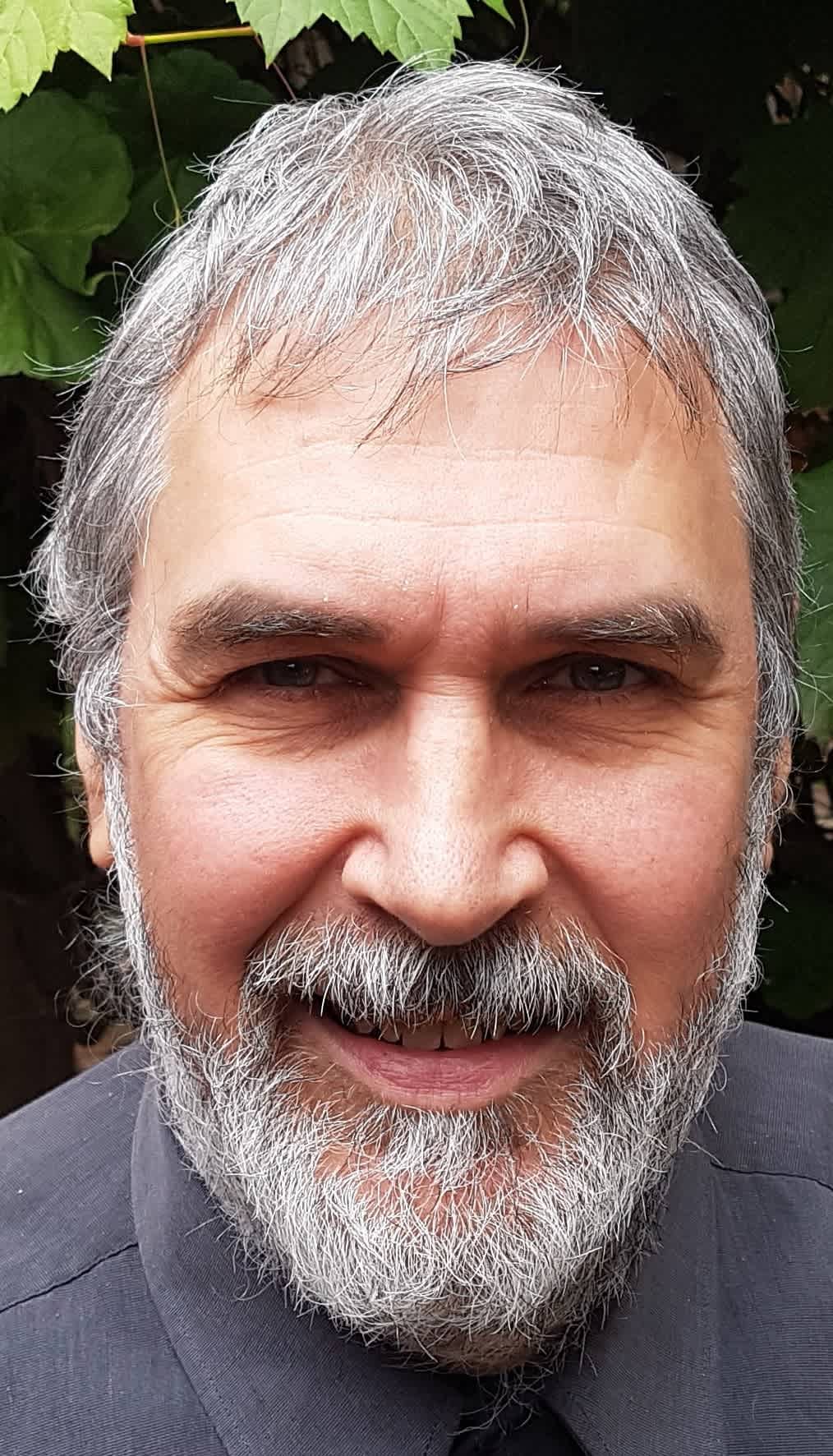
But she did forage for mushrooms, according to Mr Mandy’s opening remarks.
However, beyond the claims made by Dr Rogers in her opening remarks, which Mr Mandy stressed to the jury is not evidence, that Erin Patterson’s phone pinged at both Loch and Outtrim on May 22, 2023, in the vicinity of two recently identified death cap mushroom sites, details of which were posted on the iNaturalist website, the court has heard no evidence of Mrs Patterson’s alleged mushrooming activities.
One of those death cap sightings, at Neilson Street Outtrim, was documented and posted with multiple photos, the day before Mrs Patterson’s alleged visit, by one of the witnesses in the case, Dr Tom May, an internationally recognised expert on mycology, the study of fungi, using his pseudonym ‘Funkeytom’.
On Tuesday and Wednesday, May 13 and 14, Dr May, for 30 years the lead mycologist at the Royal Botanic Gardens in Melbourne, provided information to the court on the different types of mushrooms in the wild, and the issues involved with distinguishing between toxic and edible mushrooms, often looking alike and even growing in the same area, so much so that he acknowledged previously advising people not to forage, and not to eat wild mushrooms.
“Over the years, given that people are out there foraging, I now advocate a slow mushrooming apprenticeship, where if you're going to collect wild fungi, you really have to get to know the features of mushrooms in general,” said Dr May.
"You have to learn how to identify all those different features across a range of different mushrooms and, importantly, you need to be able to identify the toxic species as well as the edible species.”
He was also asked about a study he co-authored about the dangers of foragers using smartphone Apps to identify toxic or poisonous mushrooms and non-toxic mushrooms.
“They failed to identify, in particular, some poisonous mushrooms and sometimes they were misidentified as the wrong mushroom. Sometimes they gave the correct identification, sometimes they didn't,” he said.
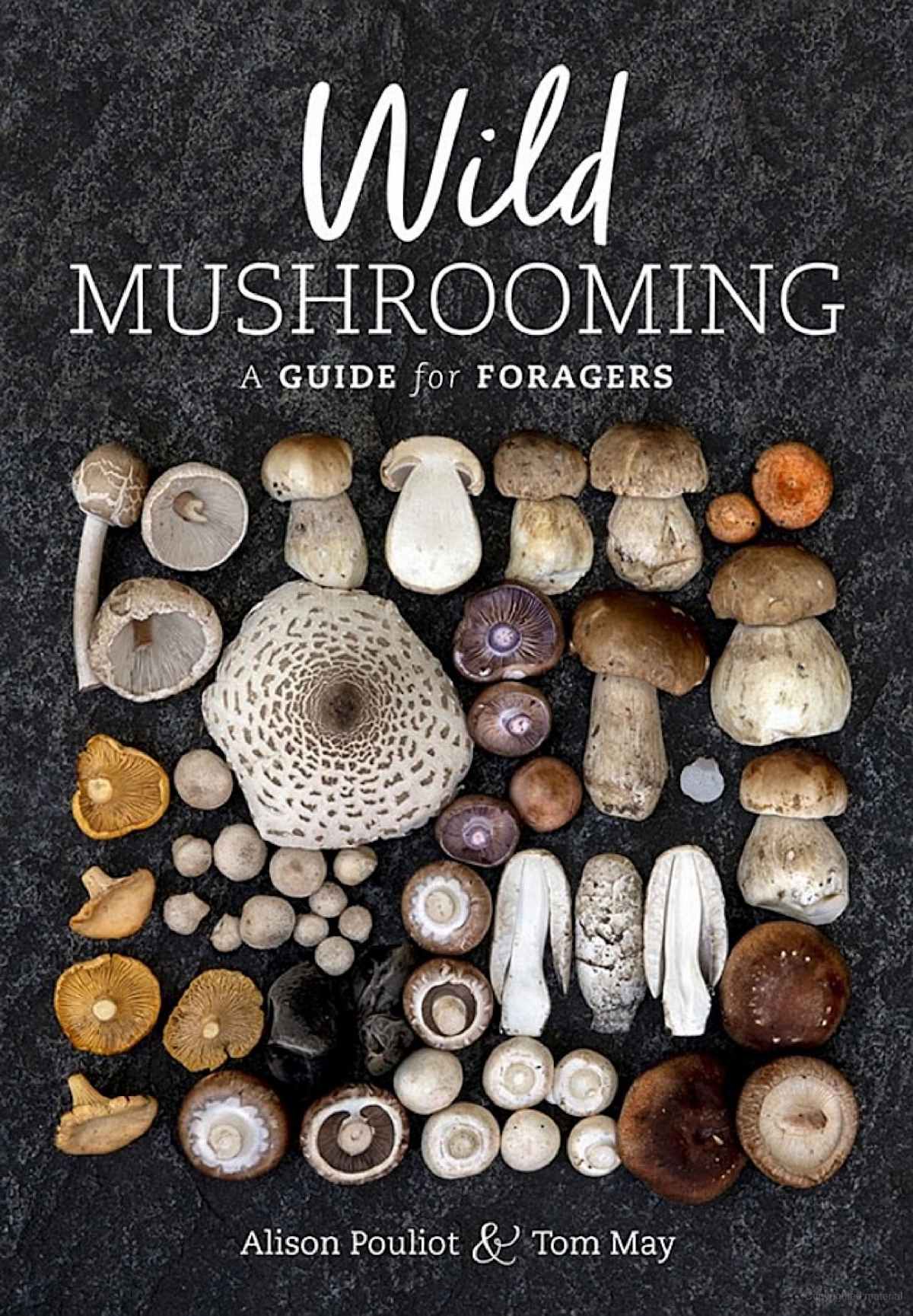
His evidence and subsequent questioning continued through Tuesday into Wednesday, followed by the evidence of his colleague, Dr Camille Truong, a mycology research scientist at Royal Botanic Gardens Victoria, who told the court that while she detected signs of normal field mushrooms in the food sample from the beef Wellington meal, she was unable to identify any other species of mushrooms.
“The mushroom I identified is called a field mushroom. The scientific name is agaricus bisporus. It’s the typical mushrooms that you find in a supermarket. That is the only mushroom that I found in the food sample,” she said.
Dr Truong said she didn’t see evidence of amanita phalloides mushrooms (death cap mushrooms) in the leftover food but she couldn’t rule it out.
“The samples were difficult to identify because they had been chopped up and cooked,” she told the court.
The court has previously heard evidence that the four guests at the meal on July 29, 2023, between them ate all four of their individual beef Wellington pasties, plated up for them by Erin Patterson, with Don Patterson finishing half of his wife Gail's leftover pasty. There was allegedly nothing leftover from those meals. Erin Patterson had told the Director of Infection Prevention and Public Health at Monash Health Rhonda Stuart that she had eaten only half of her meal.
During his directions to the jury at the start of the trial, Justice Beale said there were two key issues in dispute, one that the accused deliberately poisoned anybody; and, secondly, that she intended to kill or cause really serious injury in relation to the three murder charges, and whether she intended to kill or cause really serious injury in relation to the attempted murder charge.
Erin Patterson has pleaded not guilty to all charges, submitting that what happened to her in-laws Don and Gail Patterson, and to Heather and Ian Wilkinson was a tragedy and a terrible accident.



